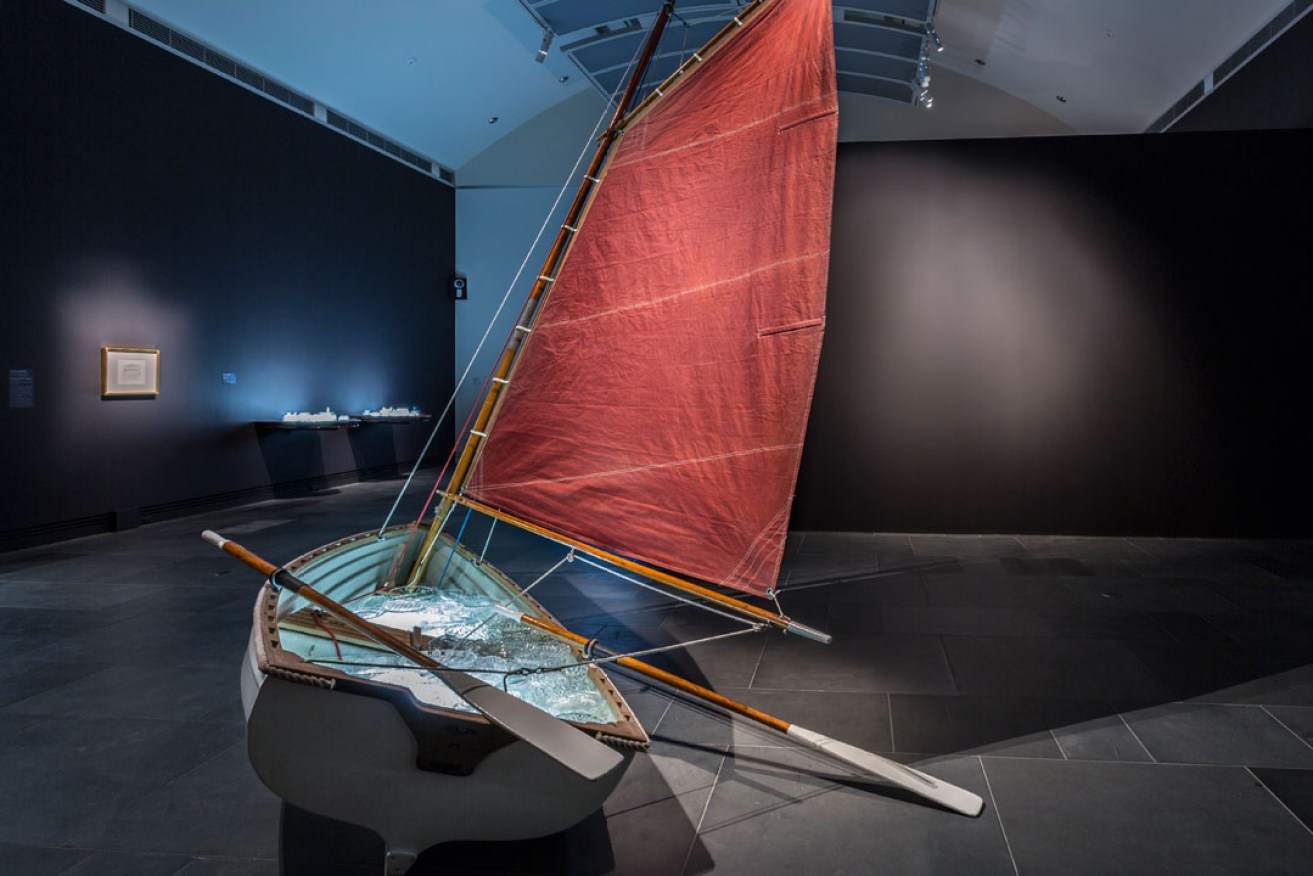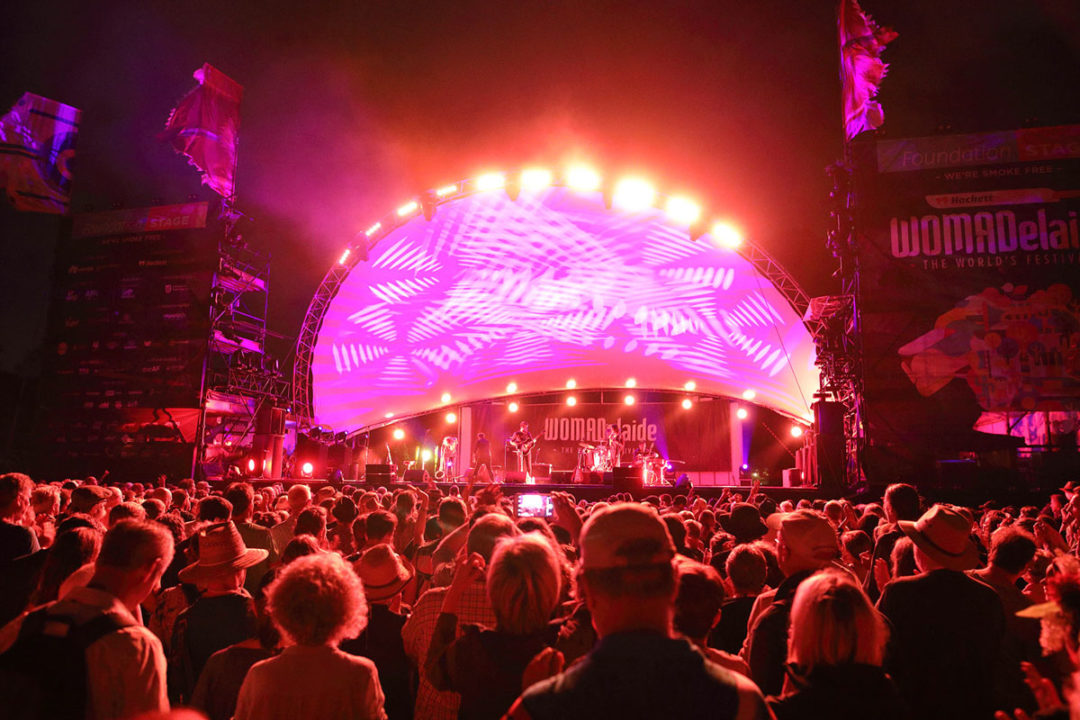A cure for the state’s doldrums
South Australia should look to art, and specifically the burgeoning experience economy, to lift the state out of the doldrums, writes Nick Mitzevich.

Maritime metaphor: Nicholas Folland's art installation 'Doldrum'. Photo: Paul Steed
Art has always been a cure for the doldrums.
More than just a description for a state of low spirits, the word doldrum is linked to maritime history. It describes the region of calm winds between the two trade winds that, in the equatorial zone, neutralise each other.
Long sea voyages necessitated that sailors had a cure for the doldrums. Building boats in bottles and other time-devouring artistic pursuits cured the sluggishness associated with the doldrums.
Adelaide artist Nicholas Folland had this maritime context in mind when he created his large-scale installation Doldrum. Made in 2005 and then restaged in The Extreme Climate of Nicholas Folland at the Art Gallery of South Australia in 2015, Doldrum saw Folland repurpose a sailboat as a work of art and fill it to overflowing with found crystal vessels (the type gifted as wedding or anniversary presents and consigned for the term of their natural lives to the back of the cupboard).
Illuminated from below with a sea-blue luminescence, the boat appeared stuck in the doldrums – an abandoned craft, no longer seaworthy and reclaimed by the elements.
Despite the festival frenzy, the state of South Australia is, on the whole, stuck in the doldrums. According to a recent BankSA survey, South Australians’ consumer confidence has reached an all-time low. But perhaps we are looking in the wrong place for a panacea. The cure lies with engagement, with what the Harvard Business Review calls “the experience economy”.
Many of you may be cynical about this gallery professional’s perspective on a subject often deemed to be a long way from the world of culture; you may think that the word “experience” sounds hazy or imprecise. But it is as real as a commodity or a service.
The Adelaide Festival’s staging of The Secret River in the quarry at Anstey Hill, for instance, was an experience out of the ordinary and one that drew people to South Australia and into the experience economy. A sell-out and not without inherent risks (weather, location and untested audience interest) for its producers the State Theatre Company and the Adelaide Festival, The Secret River is a pointer to a cure for the doldrums.

WOMADelaide – proof the public wants memorable experiences. Photo: Tony Lewis
The biggest and most successful example of the experience economy in this state is WOMADelaide. Celebrating its 25th year this year, the three-and-a-half-day festival falls in the ides of festival frenzy and yet draws some 90,000 arts lovers to Adelaide.
WOMADelaide’s longevity and momentum is proof that the public wants memorable experiences and that our sense of the experience economy is now broader than theme parks and concert halls.
So let’s examine our “experience” assets – those things that can help to bolster the burgeoning experience economy. Adelaide has:
- The country’s most effortless airport;
- A walkable city;
- A city encircled by parklands, with vineyards and beaches within a short distance;
- A well-established festival culture;
- A constellation of smaller to medium arts organisations that punch above their weight and have the capacity to present world-class experiences;
- The world’s leading collection of Aboriginal art in close proximity to the heart of Aboriginal Australia and the Red Centre;
- A long history of philanthropy and private investment in the arts.
These factors are the platform for elevating the state’s economy. We need to stop looking for fool’s gold, and the burghers of Adelaide need to take the experience economy seriously. Herein lies our cure for the doldrums.
Nick Mitzevich is the director of the Art Gallery of South Australia and a regular contributor to InDaily.




